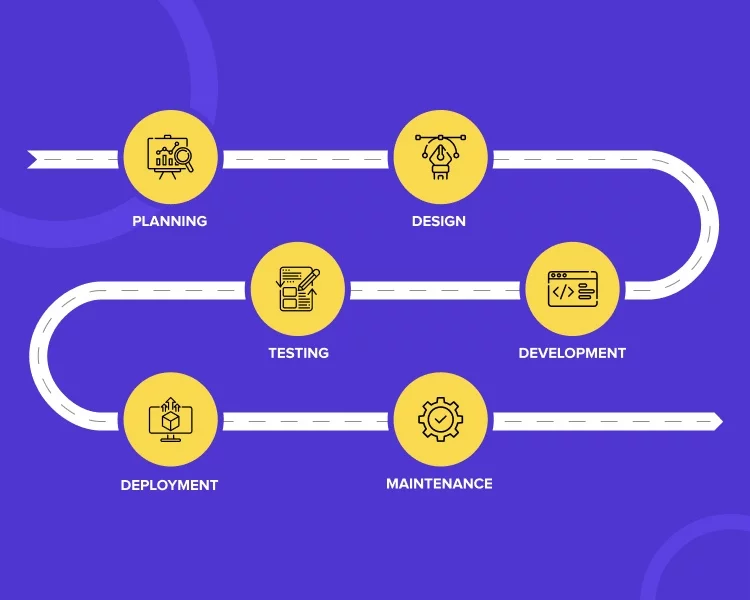Game programming is a complex and challenging task, but following best practices can help game developers create successful and engaging games. Game design and planning involves creating a unique concept, designing fun gameplay mechanics, and visually appealing game worlds. Developers also need to choose a suitable game engine, such as Unity or Unreal, and programming language, such as C++ or C#. Version control with Git, debugging and testing with Visual Studio, and unit and integration testing are all essential components of game development. By following these best practices, game developers can create a great gaming experience for players.
Game Programming Best Practices: Top Tools and Methods for Successful Game Development
Introduction
Game programming is a complex and challenging task that requires careful planning, attention to detail, and the use of the right tools and methods. In this article, we will discuss some of the best practices that game developers can use to create successful and engaging games.
Game Design and Planning
The first step in game development is designing and planning the game. This involves creating a concept for the game, outlining the gameplay mechanics, and designing the game world.
Concept Creation
The concept for the game should be unique and engaging. This can be achieved by taking inspiration from other video games, movies, books, and real-world experiences. Once the concept has been created, it should be refined and polished until it is a clear and concise idea.
Gameplay Mechanics
Gameplay mechanics are the rules and systems that govern the game. They determine how the player interacts with the game world and how the game responds to player actions. Gameplay mechanics should be designed to be fun, challenging, and rewarding.
Game World Design
The game world design includes the level layout, environment design, and character design. The game world should be designed to be visually appealing and immersive, with attention paid to detail in the environment and the characters.
Game Engine
Once the game design and planning process is complete, the next step is to choose a game engine. A game engine is a software framework that provides core functionality for game development, such as physics, graphics, and AI.
Unity
Unity is a popular game engine that is well-suited for creating 2D and 3D games. It comes with a powerful editor that allows developers to create and edit game objects, add physics, and create game logic. Unity also supports a wide range of platforms, including PC, mobile, and consoles.
Unreal Engine
Unreal Engine is another popular game engine that is used to create high-quality 3D games. It offers advanced graphics capabilities and supports features like dynamic lighting and physics simulation. Unreal Engine also includes a visual scripting tool called Blueprint, which allows developers to create game logic without writing code.
Programming Languages
Game programming requires knowledge of programming languages, such as C++, C#, or Java. The choice of programming language depends on the game engine and the specific requirements of the game.
C++
C++ is a high-performance programming language that is commonly used in game development. It is a low-level language that allows developers to control memory usage and optimize game performance. C++ is used in game engines like Unreal Engine and CryEngine.
C#
C# is a higher-level programming language that is commonly used in game development with engines like Unity. It is more accessible than C++ and provides features like garbage collection and simplified syntax.
Version Control
Version control is a critical aspect of game development, as it allows developers to keep track of changes to the game and collaborate with other team members.
Git
Git is a popular version control system that is used in game development. It provides features like branching and merging, allowing multiple developers to work on the same codebase simultaneously. Git is also used to manage game assets, such as game models and textures.
Debugging and Testing
Debugging and testing are crucial for ensuring that the game performs as expected and does not contain any bugs or errors.
Visual Studio
Visual Studio is an integrated development environment (IDE) that is commonly used for debugging and testing game code. It provides features like breakpoints and watch windows, which allow developers to step through code and inspect variables during runtime.
Unit Testing and Integration Testing
Unit testing and integration testing are essential for ensuring that the game components work together correctly. Unit tests are used to test individual components, while integration tests are used to test the interaction between components.
Conclusion
Game development is a complex and challenging task that requires careful planning, attention to detail, and the use of the right tools and methods. By following the best practices outlined in this article, game developers can create successful and engaging games that offer a great gaming experience for players.
